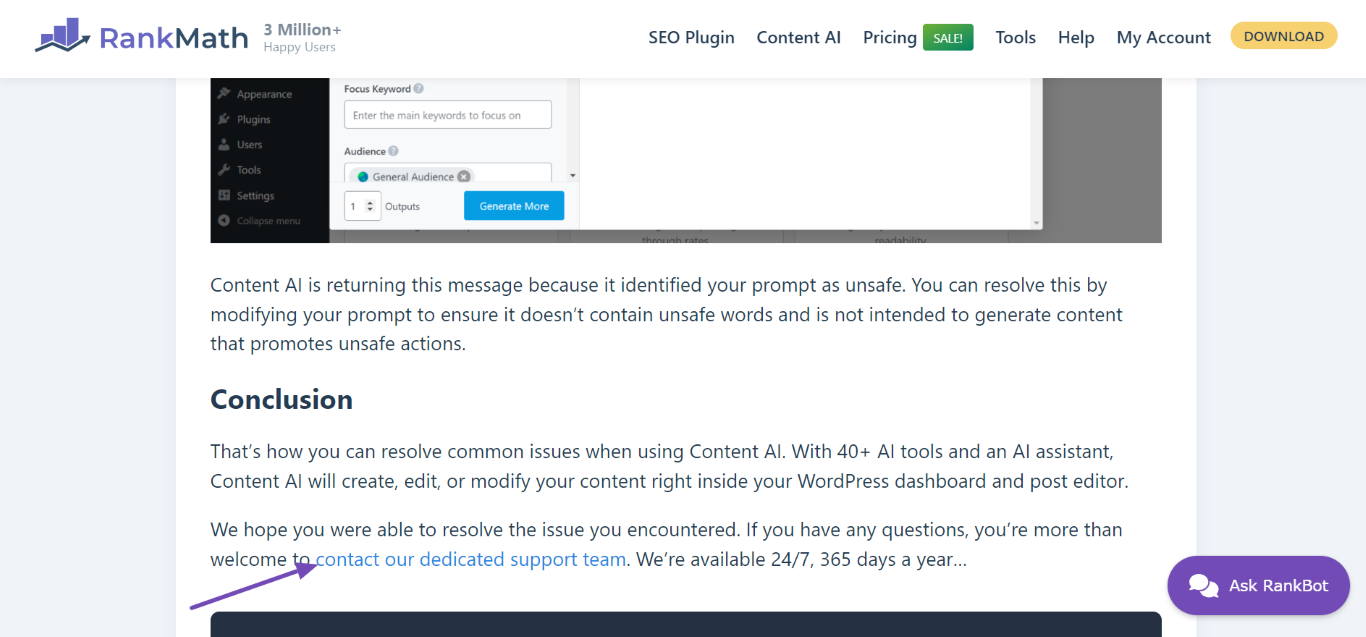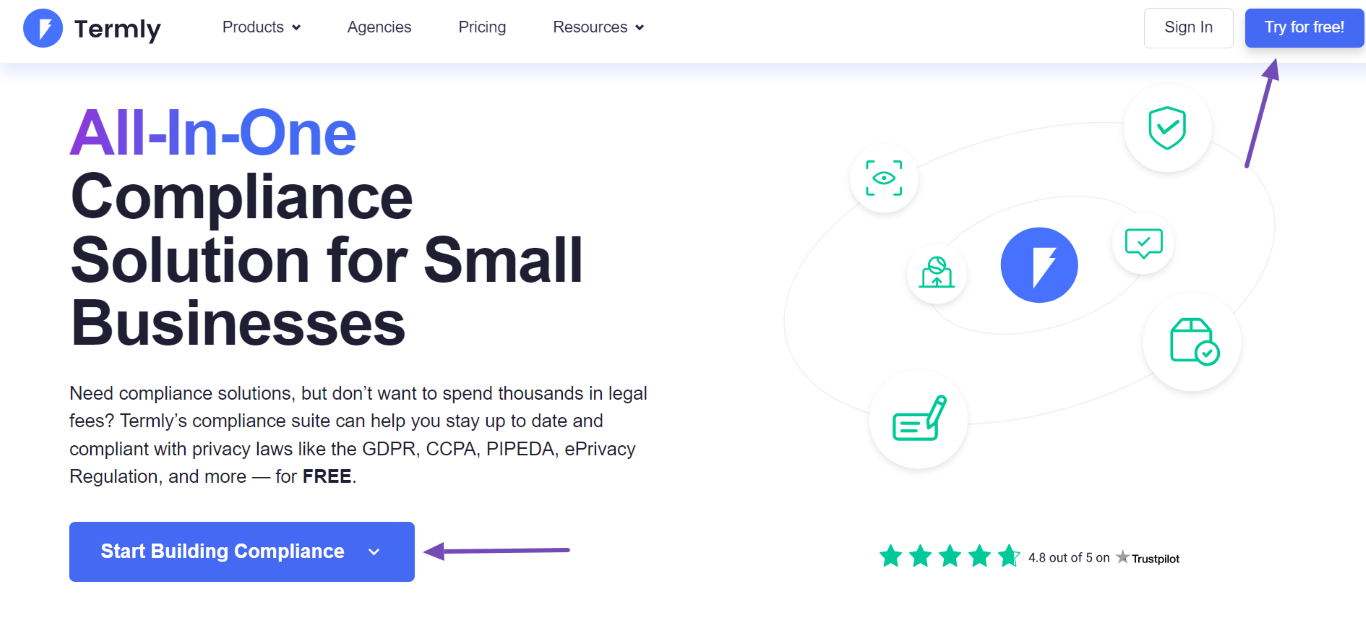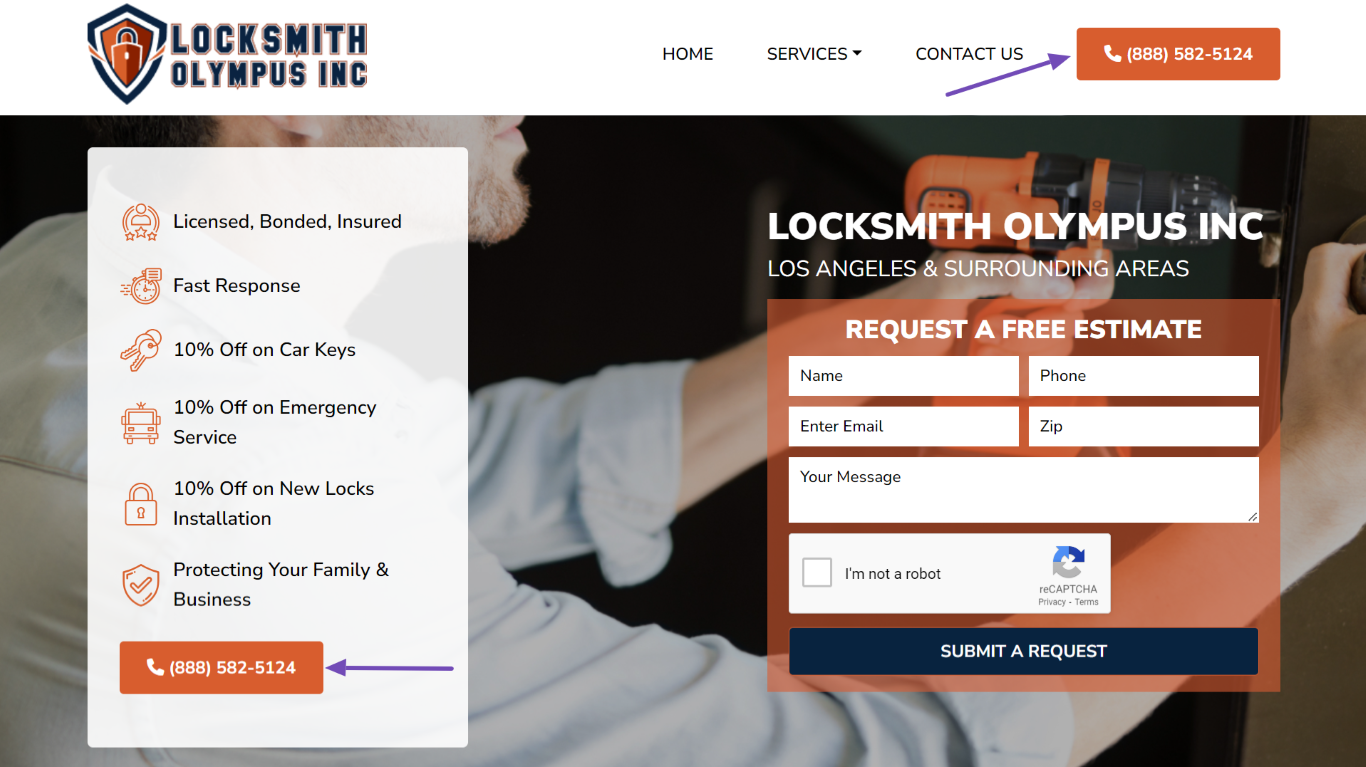What is a Call to Action (CTA)?
A call to action (CTA) is a text, image, or button that encourages a website or app user to perform an immediate action. They usually include words that encourage visitors to register to a site, purchase an item, sign up for a newsletter, buy a product, start a free trial, or download a resource.

A call to action is not always a button. It could also be a phrase or sentence encouraging the visitor to act.

Calls to action are usually written in imperative verbs and statements. They even sound like orders or instructions, for example:
- Sign up
- Buy now
- Shop now
- Download now
Calls to action may also be longer, for example:
- Shop now and get 20% off your first purchase. Limited time offer
- Sign up today for exclusive tips and updates straight to your inbox
Examples of Calls to Action
Calls to action are intended to encourage your visitor to continue to the next stage of the buying journey using a mix of visuals and marketing. This is why they are typically used on website landing pages, blog posts, homepages, emails, social media posts, and pop-up forms.
A well-written call to action should be visible to the visible. It should also come immediately after the marketing message. However, the specifics of the call to action depend on the goal of the blogger or business.
For example, a software as a service site includes a call to action encouraging the visitor to try their software for free.

Meanwhile, an ecommerce store has a call to action that encourages visitors to view their products.

Meanwhile, a service business could use their contact details as their call to action. For example, this locksmith business uses their phone number. Visitors can click on it to place a phone call to the business.

Importance of a Call to Action
A call to action helps to guide visitors through a sales funnel. They provide the visitor with clear instructions on what to do next. Visitors may not know what to do when there is no call to action, which increases their chances of leaving the page without converting.
Calls to action also have some secondary benefits. For example, they make it easy to measure the conversion rate of a copy. Many bloggers and businesses track the clicks they receive from their marketing campaigns. They then track the call to action on the page to understand how well the page is converting.
A regular webpage will typically include multiple calls to action positioned at different locations on the webpage. Some blogs and businesses even track these individual calls to action so they better understand which specific part of the content causes visitors to convert. They can then tweak the content and call to action to maximize conversions.
Types of Calls to Action
Calls to action can be categorized into soft (indirect) or hard (direct). We will now explain both below.
1 Soft Calls to Action
A soft call to action is a subtle or indirect invitation calling the visitor to act. It often encourages visitors to take small, non-transactional actions, such as signing up for a newsletter, downloading a free resource, or following on social media.
Phrases like “Learn more,” “Get our tips,” and “Join our community” are soft calls to action.
2 Hard Calls to Action
A hard call to action is a direct and assertive invitation that urges the visitor to act. They often include a sense of urgency and require a stronger commitment from the visitor. They are typically used to encourage visitors to purchase a product, request a demo, or sign up for a service.
Examples of hard calls to action include “Buy now,” “Sign up today,” and “Start a free trial.”